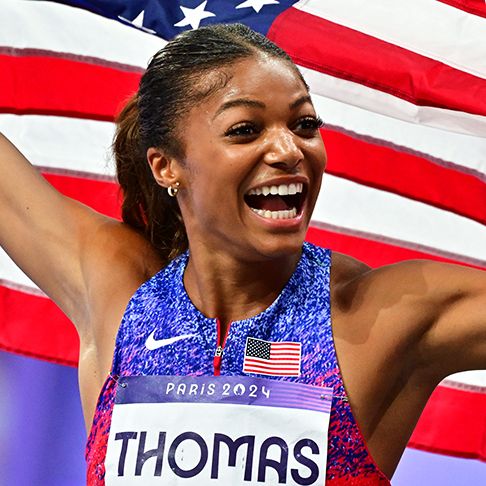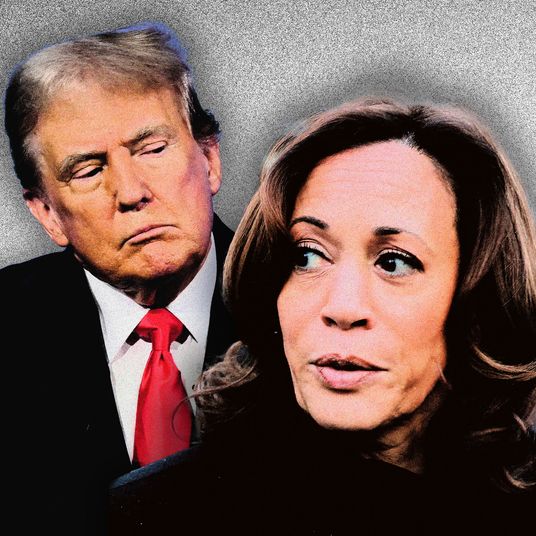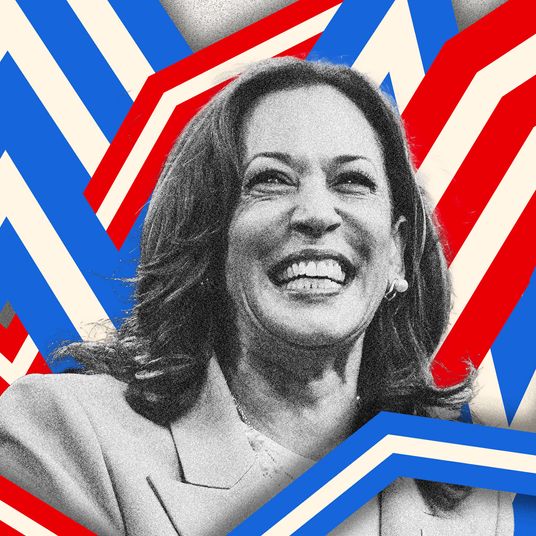One of the Democratic Party’s most serious problems is the erosion of its support among non-white voters. Nate Cohn, examining the results of 12 high-quality surveys, finds that President Biden “leads by 74-19 among Black voters and by 50-40 among Hispanic voters” — margins well short of his performance in 2020, and probably short of the level he needs in order to win reelection.
Yet for several reasons, the Democrats appear to be either ignoring their erosion among these voters or misapprehending the nature of the problem.
First, the Electoral College has trained Americans to think of blocs in unified win-or-lose terms, and even many professional political analysts often mistakenly apply all-or-nothing concepts to demographic groups. It feels instinctive to many Democrats that non-white voters can’t be a problem because Democrats are winning them. In the Electoral College, you don’t get any more points for winning a state by larger margins. But when it comes to demographic groups within the electoral college, margins matter a lot.
Second, it is difficult to believe that Donald Trump, of all people, is going to register gains among racial minorities. But the problem is not that Trump has crafted an especially compelling message for minorities, but that the Democrats have grown increasingly identified with policies and rhetoric that appeals to college-educated voters, who are disproportionately white. (As Cohn notes, the Democrats’ problem with non-white voters is largely confined to those without college degrees.)
Third, the left is deeply invested in a model of the world in which racial minorities are the vanguard of the progressive movement. Acknowledging that white college-educated voters are the party’s most left-wing constituency upends the assumptions underpinning their racial-justice tenets, as well as the theories of change built into the progressive nonprofit world. These groups, whose work often frames the mainstream media’s coverage of minority political organizing, are often designed to mobilize political action by non-white voters in the belief that they will almost automatically pull Democrats to the left.
Those assumptions often peek through the rhetoric these groups use when they describe their work in the media. Here is a recent New York Times story quoting progressives fretting that Black voters might not turn out for Biden because he isn’t progressive enough:
Still, polls show that Black voters under 30 have far less enthusiasm for Mr. Biden than their elders do.Mary-Pat Hector, the chief executive of Rise, a student advocacy organization that has pushed for student debt relief and college affordability, said the disillusionment among young voters was real. On issues like student loan debt and climate, Ms. Hector said, all the voters see are “things we were told were going to happen that just haven’t happened.”“When it comes to Gen Z,” she said, “they don’t forget, and it’s hard for them to forgive.”In the meantime, the White House says it has not given up on its most ambitious goals.
Amara Enyia, policy director for the Movement for Black Lives, told the Washington Post recently, “I don’t know that we can conclude that it’s sufficient to use the fear of Trump as enough to guarantee the president a win.” Of course, the risk isn’t that Black voters might not be afraid enough of Trump to vote, it’s that too many of them will actually vote for Trump.
Still another Times story recently asserted that “Democrats can feel confident that if Mr. Biden is his party’s nominee, as expected, a vast majority of Black voters will choose him over a Republican. But the question for the party is whether Democratic voters will bring the same level of energy that led to Mr. Biden’s 2020 victory.” But energy level, again, is not the risk. The risk is that too many Black voters — along with other minorities — will vote for the opposing party.
There is rarely any one simple formula available to solve a problem. But the “mystery” of Biden’s mediocre performance with non-white voters becomes easier to understand if you grasp that these voters are less liberal than the party’s white voters, not more liberal.





























